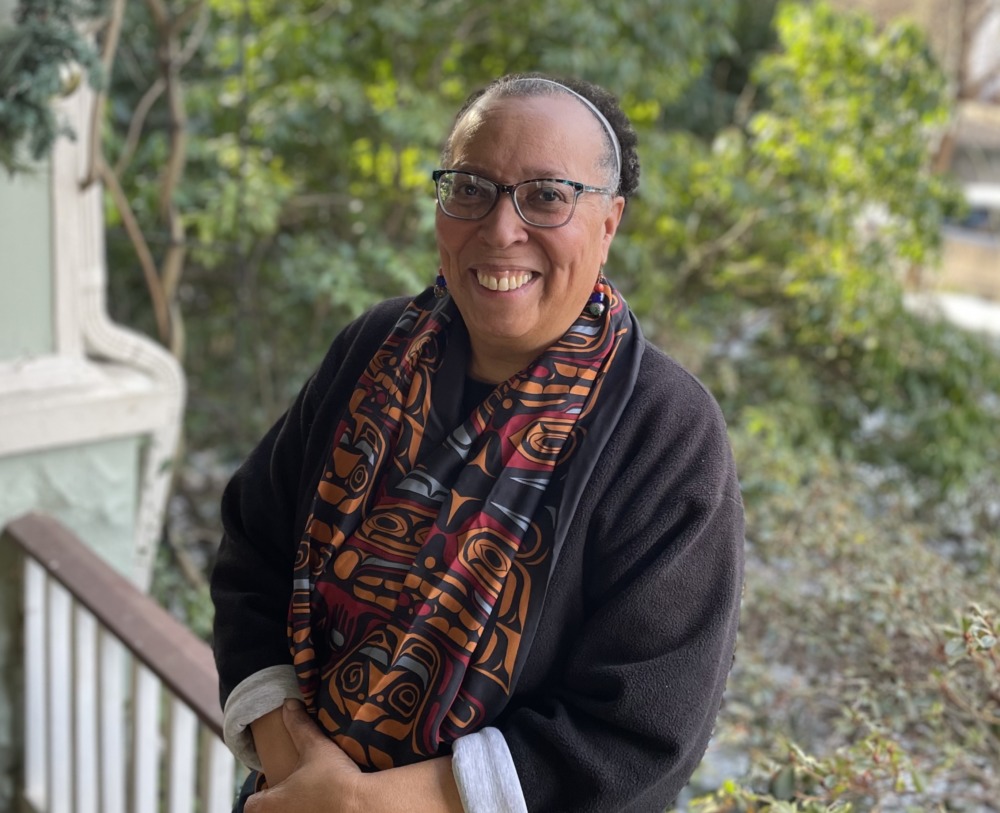“Problem-free isn’t fully prepared” is the slogan I am most known for.
It’s even quoted in the National Research Council’s 2002 research study, Community Programs to Promote Youth Development. This report, affectionately dubbed “The Blue Book” by youth workers, affirmed the value of asset-based positive youth development approaches as complements to (and perhaps even substitutes for) traditional prevention approaches focused on risk reduction.
 The slogan was a pointed reminder that our purpose for interacting with young people must be more than ensuring that they are not on drugs, not getting pregnant, not dropping out, not joining gangs, not committing crimes – even when these risks are real and problematic behaviors are rising.
The slogan was a pointed reminder that our purpose for interacting with young people must be more than ensuring that they are not on drugs, not getting pregnant, not dropping out, not joining gangs, not committing crimes – even when these risks are real and problematic behaviors are rising.
Today, in the wake of a youth mental health crisis exacerbated by a pandemic, I feel the need to supplement the original slogan. Being fully prepared doesn’t require being problem-free, just resilient — ready to assess, handle or get support for life’s challenges.
I recently got a call from a reporter doing background research for a magazine feature on the youth mental health crisis. He was referred to me as someone who could point him to good programs.
When I began talking to him about broader approaches and practices, I sensed his frustration. He told me the article was about the youth mental health crisis, but all of the people I’ve been referred to are talking about broader, more general solutions. What should we be doing specifically to address the crisis? If it didn’t start with the pandemic, when did it start? Why?
I did the best I could to assure him that there is an evidence base behind what I call the “prepare-prevent-treat” approach, also known as the multi-tiered system of supports (MTSS), even in times of crisis, citing the National Research Council study. That helped. I promised to send him a question to ask Dr. Vivek Murthy, the U.S. Surgeon General, who he was interviewing the next day. To prepare, I reread Protecting Youth Mental Health, Murthy’s December 2021 Advisory.
The Advisory is pitch perfect. It acknowledges that the challenges today’s youth are facing are “unprecedented and uniquely hard to navigate.” It acknowledges that these challenges are exacerbated by but predate COVID-19. It assures us that these mental health challenges, while real and widespread, are treatable and often preventable, but cannot be fixed overnight or with a single prescription.
It lays out practical, specific, and appropriately nuanced steps for all of us — young people, families, schools, health care, technology/media, employers, community organizations and governments. It correctly declares the actions needed as not just medical, but moral, requiring the country to “rebuild in a way that refocuses our identity and common values, puts people first, and strengthens our connections to each other.”
Given this thorough report, my question for the Surgeon General would be: “How do we help people understand that the paths between mental health and mental illness are multiple, continuous and bi-directional? That the best way to ensure young people’s ability to engage in productive activities, build strong relationships, cope with adversity and recover from trauma is to provide the full spectrum of supports visible and available to all young people and their families at all times?”
We need adequate professional treatment and family supports for young people with diagnosable mental illness problems. We need non-stigmatizing screening and assessment services available in multiple places where youth and families have connections. We need a steady, generous supply of relationship-rich environments that encourage self-understanding, identity development, and social and emotional skill-building. And everything we know about adolescence tells us that because adolescents are both hyper-curious and hyper-sensitive, these three distinct types of interventions have to be available for all adolescents for any to really work.
Adolescence, in particular the middle school years, are when it is just as likely that teens who are “off track” get back “on track” academically, socially and emotionally, as it is for those who have been “on track” to get “off track.” But our interventions for teens aren’t evenly distributed. It is much more cost-effective and socially responsible to offer support that keeps teens on track. But our interventions are heavily focused on getting “off track” teens to fix their problem behaviors.
A recent Youth Today Q&A with youth violence expert Paul Boxer reminded me how far we’ve come in the last thirty years in our understanding of the links between youth violence and mental illness, and between the strategies to address them. Boxer outlines three research-based elements of violence prevention programs that square well with the mental health crisis recommendations from the Surgeon General and the mental health field.
It is unrealistic to expect teens to be problem-free. But there are proven ways to help them be resilient – to have the competencies and the sense of agency needed to get help rebounding from problems and responding to opportunities.
***
Karen Pittman is a partner at KP Catalysts and the founder and former CEO of the Forum for Youth Investment.






























